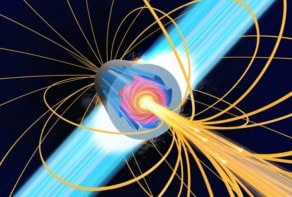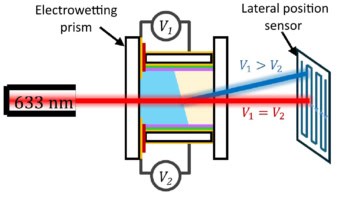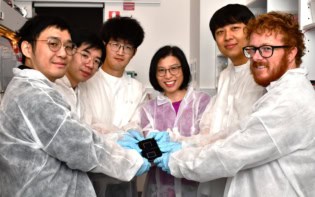The conversion of one optical frequency to another with an uncertainty of just 1 part in 1019 has been reported by a consortium of scientists from different standard institutes in the US, France and China. The demonstration suggests that the next generation of ultra-precise optical frequency standards will be able to be precisely replicated anywhere within a 100 terahertz bandwidth. (L-S Ma et al. 2004 Science 303 1843).
The work was a joint effort between the National Institute of Standards and Technology (NIST) in the US and the Bureau International des Poids et Mesures (BIPM) in France, along with scientists from East China Normal University (ECNU) in Shanghai and OFS Laboratories in the US.
At present, microwave frequency standards based on atomic transitions have an uncertainty of 1 part in 1015 while optical standards based on single ions are approaching 1 part in 1018. “Such an extremely stable and accurate standard is of little value if its frequency cannot be readily distributed to users and compared to those of other standards based on various atomic species operating at different frequencies,” say the authors.
The team believes that optical synthesisers based on femtosecond lasers can overcome the issues of reproducibility and accessibility. To back up this claim, the researchers compared four optical synthesisers: two made at NIST, one from BIPM and one from ECNU. All four synthesisers rely on a modelocked femtosecond laser to generate a comb of precisely-spaced frequencies.
Having compared the systems on 6 days over a 2 month period, the team suggests that the synthesisers are a reliable tool for optical frequency comparisons with uncertainties approaching 1 part in 1019 (equivalent to about 1 second in 320 billion years).
“Considering the very different designs of these synthesisers – broadband operation versus nonlinear microstructure fibre – it is notable that our data do not point to the existence of any fundamental limitations to the uncertainty,” say the scientists in their paper. “Our results appear to be limited mainly by noise of a technical nature – thermal and mechanical fluctuations – and total integration time.”


